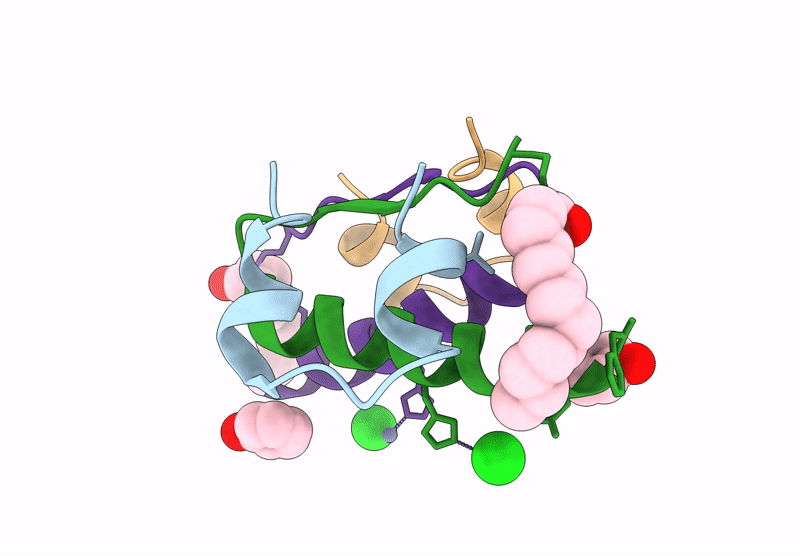
Deposition Date
2025-02-12
Release Date
2025-02-26
Last Version Date
2025-09-10
Entry Detail
PDB ID:
9LVD
Keywords:
Title:
Temperature induces a shift from the dihexamer to the hexamer form of insulin (200K)
Biological Source:
Source Organism:
Homo sapiens (Taxon ID: 9606)
Host Organism:
Method Details:
Experimental Method:
Resolution:
2.85 Å
R-Value Free:
0.33
R-Value Work:
0.28
R-Value Observed:
0.3
Space Group:
H 3


